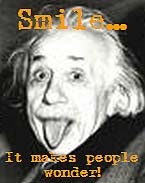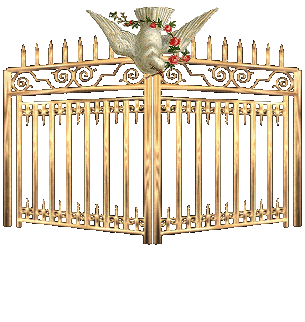The Digestive System
Starting at the mouth, the digestive system helps provide the energy your body needs to perform its many functions. Upon entry into a person's mouth, the teeth cut, tear, crush and grind food. In the mouth, salivary glands respond to the thought or presence of food by producing a fluid containing mucus and the enzymes amylase and maltase. The tongue then mixes the food and rolls it into a soft ball, called the bolus, which is pushed toward the esophagus. Passing through the esophagus the bolus is dropped into the stomach where gastric glands, one secreting digestive enzymes and the other secreting hydrochloric acid, begin to break the food down into smaller pieces. The stomach wall discharges mucus during this phase to protect itself against the action of the gastric acid. From there the food passes into the small intestine through the phylorus, a sphincter muscle that controls the flow of food. It is in the small intestine where a major part of digestion and absorption occurs. The intestinal wall releases enzymes which digest proteins, fats and carbohydrates. Blood and lymph vessels, which supply the small intestine, take away the final products of digestion. The lymphatics transport the fats around the body and finally release them into the bloodstream. Blood takes sugars and amino acids to the liver via the portal vein. The pancreas, like the small intestine, secretes enzymes in an alkaline juice to digest proteins, fats and carbohydrates. It also manufactures hormones which regulate the blood sugar level. From the small intestine, the digested food is received by the liver, which manufactures bile for the gall bladder. The gall bladder stores and discharges the bile, which helps to break down fats into minute droplets. Undigested food from the small intestine is then passed into the large intestine. There blood vessels supplying the large intestine carry away water extracted from the undigested waste. After passing through to the large intestine the ileocecal valve prevents digested food from returning to the small intestine. Undigested food is eliminated from the system through the anus.
Digestion of macromolecules--Enzymes and digestion.--Types of digestive enzyme--Structure of the digestive system--Functions of the stomach. small intestine and large intestine--Absorption and assimilation--. Structure and function of the villus. --
Lecture on Digestive System By Prof. Marian Diamond






















No comments:
Post a Comment